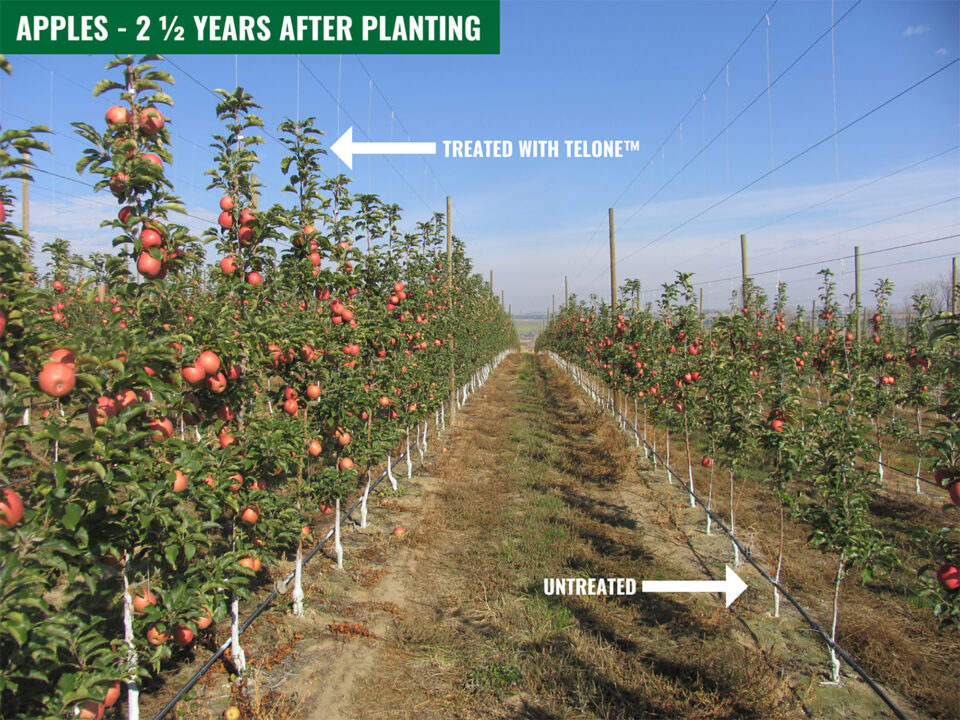No More Bacon!? Smithfield Situation Highlights Need For COVID-19 Worker Safety Strategies
American bacon lovers the nation over learned firsthand the potentially devastating consequences of a COVID-19 outbreak in an ag environment this weekend.
I am, of course, referring to the news that the world’s largest pork processor, Smithfield, shuttered a large processing plant. The virus spread extensively among its workforce. It’s closing the plant for at least two weeks.
Good news fellow bacon fans: The Sioux Falls, SD, plant represents about 4% to 5% of the domestic output. The company has 50 other North American pork operations. So hopefully there will be plenty of tasty pork products on grocery store shelves.
Most vegetable growers don’t have that magnitude of scale and flexibility, however. So it begs the question: Just what should a grower do if COVID-19 gains a foothold among their farm workers?
Tips to Prevent the Outbreak
First and foremost, of course, is that farm leaders implement social distancing and “Stop the Spread” protocols with all workers. According to Stuart Woolf, a Marrone Bio Innovations board member and tomato grower in California’s Central Valley (https://www.woolffarming.com/), that means reducing crew sizes and spacing workers out in the fields.
“Farming today is highly mechanized, even for planting seedlings such as tomatoes,” Woolf says in a recent Marrone press bulletin. “As a result of the coronavirus outbreak, steps have been taken to spread the time between shift changes. And we’re opting for individual instruction rather than group meetings before employees go into the fields at safe distances.”
Keith McGovern is the president of RD Offutt, one of the largest vertically integrated potato producers in the U.S. McGovern is thinking along the same lines as Woolf out in California.
“We’re likely doing more disinfecting of tractor cabs and the like, as well as following the CDC social distancing recommendations, while maintaining our normal workflow,” he said. “With Midwest planting of the potato crop set for early April to May, the primary objective right now is to keep everyone as healthy as possible for the upcoming planting season.”
Of course, if farming operations have one thing going for them at the moment, it’s their relative isolation. They’re far from urban areas where the virus is establishing its most prolific footholds.
“The question will be whether the potential for an outbreak is different for urban areas compared with rural areas, where people are naturally socially distanced. Providing this holds true, we will be able to get the crop in the ground,” McGovern says.
Resources for Farmers
Here are some published guidelines that farm managers can turn to for best practices and ideas:
- Whatcom County in the Pacific Northwest has put out this handy guidance sheet for what to do if you’re housing a worker that comes down with COVID-19 (https://www.whatcomcounty.us/DocumentCenter/View/46665/Farmworker-Guidance_English_3282020)
- The North Carolina Department of Health and Human Services (DHHS) has issued this outline for dealing with the virus in migrant worker crews. (https://files.nc.gov/ncdhhs/Interim%20Guidance%20for%20Migrant%20Farm%20Workers_031320.pdf)
- And the Harvard Business Review has some general thoughts for all employers on how to handle a COVID-19 positive employee. ( https://hbr.org/2020/03/your-employee-tested-positive-for-covid-19-what-do-you-do).
And, as always, make sure you stay up to date with the latest communications and guidelines from the CDC (https://hbr.org/2020/03/your-employee-tested-positive-for-covid-19-what-do-you-do) and the coronavirus task force in DC.
EDITOR’s NOTE: If you’ve already dealt with a coronavirus outbreak among your farm workforce and you’d like to share some tips with your fellow farmers, please fee free to email the author at [email protected]









